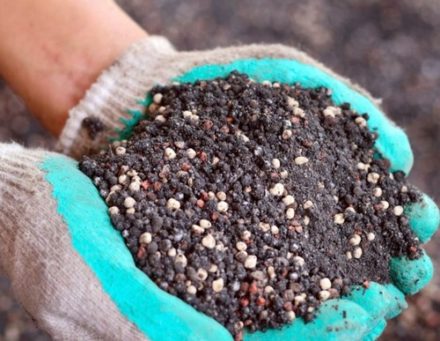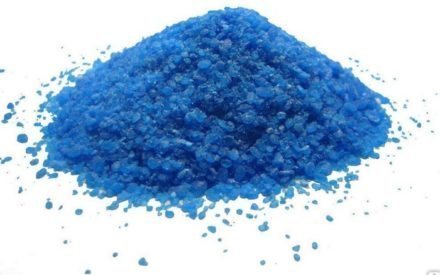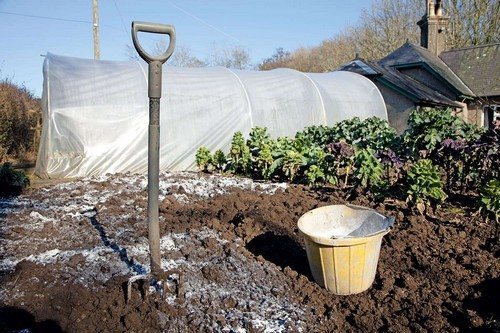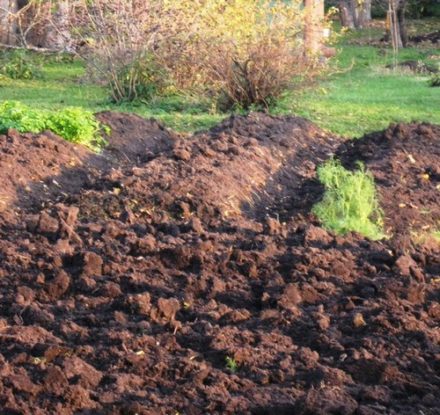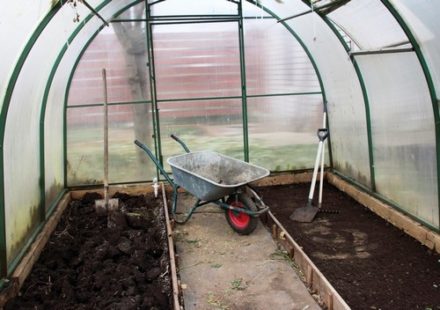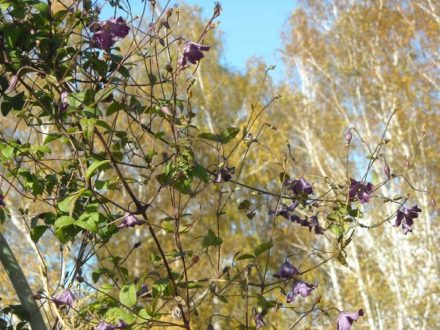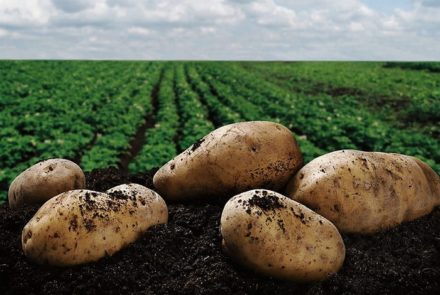Autumn has come. The harvest has been collected. It's time for gardeners and gardeners to put the land in order. The primary task is to reduce acidity. Carrying out this work in the fall is convenient and profitable. If the acidity level has not decreased sufficiently, the procedure is repeated in the spring.
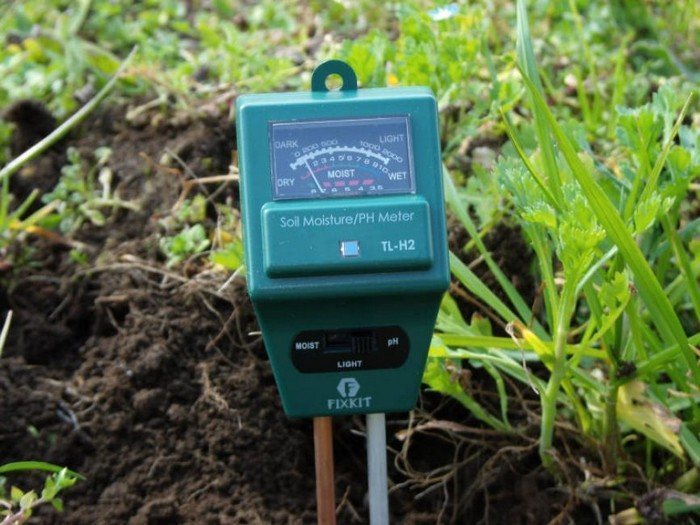
The meaning of deoxidizing the earth
So far, there is only one technique that will reduce soil acidity - deacidification (or liming). It consists of introducing certain compounds.
Acidic soil is not suitable for most crops. In such soil, nature has created all the conditions for the habitation and reproduction of pathogenic microorganisms. Therefore, some nutrients are unavailable to plants.
To carry out the deoxidation procedure, the pH acidity level is determined, the product is selected, and the dosage is determined.
How to determine acidity
On the pH scale, the soil type is distributed as follows:
- acidic environment – pH value from 0 to 7;
- neutral – 7;
- alkaline – from 7 to 14.
Methods for determining soil acidity at a site:
- A modern and accurate method is to use a device called a pH meter. The electrode legs are loaded into the ground at a depth of 20–50 cm. The signal is transmitted to the display. The pH level is displayed on the screen.
- A lump of earth from the site is placed in a cloth bag. The bundle is lowered into a vessel filled with distilled water. Litmus strips are also immersed there and change color.The color of the strip is compared with the control scale. Each color has its own pH level. Red color indicates high levels of acidity.
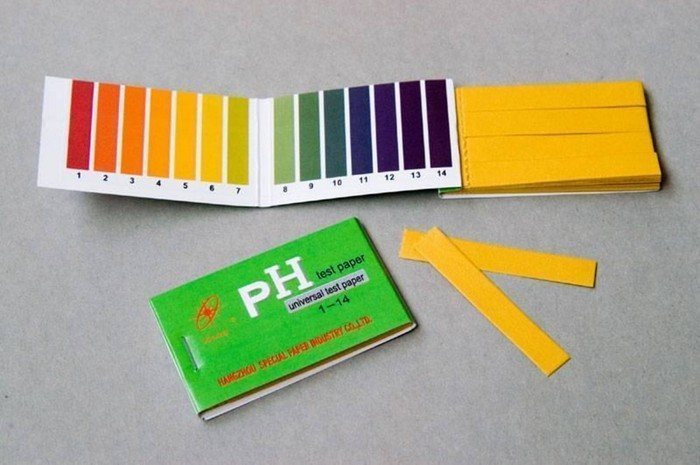
Traditional methods for recognizing acidic soil:
- A lump of earth is watered with 9% vinegar. The liquid does not react to increased acidity. In a neutral environment, hissing will begin. If the soil is alkaline, the vinegar foams.
- Acidity is determined using a baking soda solution in the same way. But foam is expected in case of high pH. There will be no reaction in an alkaline environment.
- A lump of earth is immersed in a cooled, ready-made decoction of cherry or currant leaves. The decoction will turn purple in neutral soil, blue in alkaline soil, and red in acidic soil.
- Experienced gardeners determine the acidity level based on the beets growing on the site. If the foliage of the tops turns red, the soil is highly acidified; if the veins of the leaves turn red, the acidification is weak. On neutral ground, the tops remain their usual color.
- Gardeners estimate acidity by looking at the weeds growing in the area. Acidic soils are chosen by plantain, sorrel, horsetail, and tricolor violet.
The soil is deoxidized at a pH below 5.5, but traditional methods do not give numerical indicators. Therefore, their effectiveness is questionable.
Soil liming
The most suitable additive for deoxidizing the soil in the autumn is lime. In winter, the fertilizer is neutralized and the acidity will decrease.
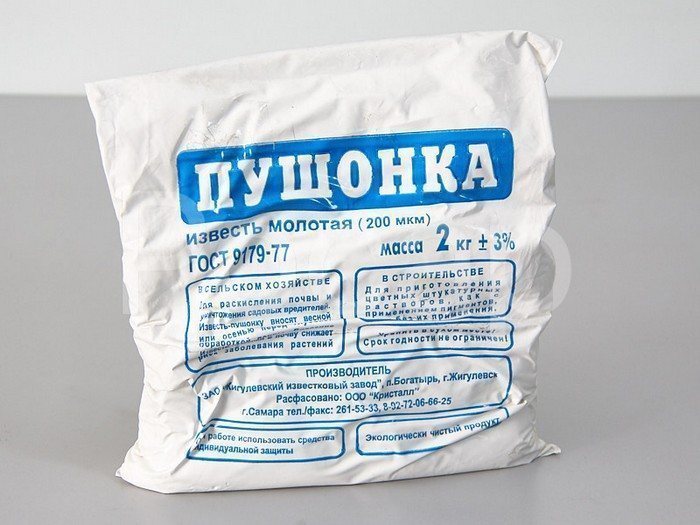
Types of lime additives:
- Slaked lime (fluff). To obtain a deoxidizing agent, the usual lime is slaked with water. Acidic soil is neutralized.
- Crushed limestone. Affordable and high quality option. When used, magnesium carbonate is added.
Lime additives are laid on the bed or the entire area.If liming fails in the fall, other compositions are selected. For deoxidation of sandy and sandy loam soils for every 10 sq. m, 1 kg of limestone is added. If the soil is loamy or clayey, the rate is tripled.
It is noteworthy that the rate depends on the depth of fertilizer placement. Consumption will increase when buried by 20 cm.
Liming the soil with dolomite flour
Dolomite powder is superior to lime. This is a non-aggressive environmentally friendly substance. Suitable for deoxidizing soil for digging.
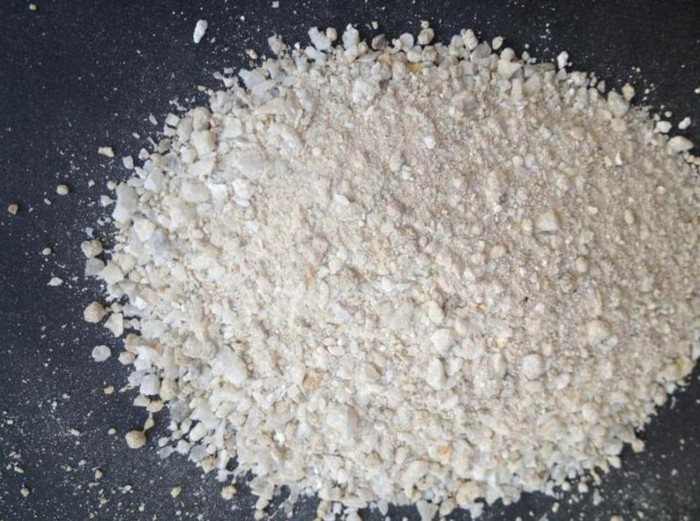
Standards for liming:
- for low soil acidity – 300–400 g per 1 sq. m;
- for medium – 400 g per 1 sq. m;
- for high acidity – 500 g per 1 sq. m of soil.
Flour not only reduces acidity, but also fertilizes the soil.
Useful properties of flour:
- saturation of the soil with calcium, magnesium and other elements;
- restoration of structure;
- loosening the soil;
- destruction of pests, infections, fungi.
Dolomite flour is added before mineral fertilizers. Thus, fertilizing is well absorbed.
Ash deoxidation
Good soil deoxidizer. To reduce acidity by 1 sq. m add 1-1.5 kg of wood ash or 2.5-3 kg of grass ash. But still, ash is primarily a fertilizer.
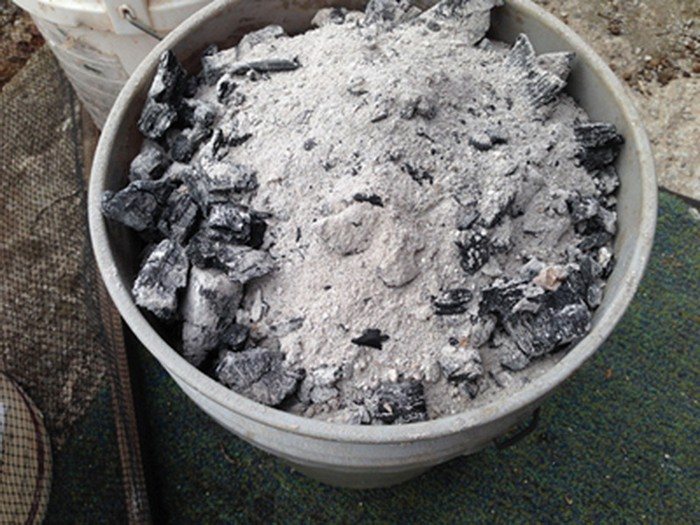
Deoxidation with green manure
Using green manure to reduce acidity is similar to liming. But grasses are not as aggressive as lime, and do not oversaturate the beds with calcium like other deoxidizers.
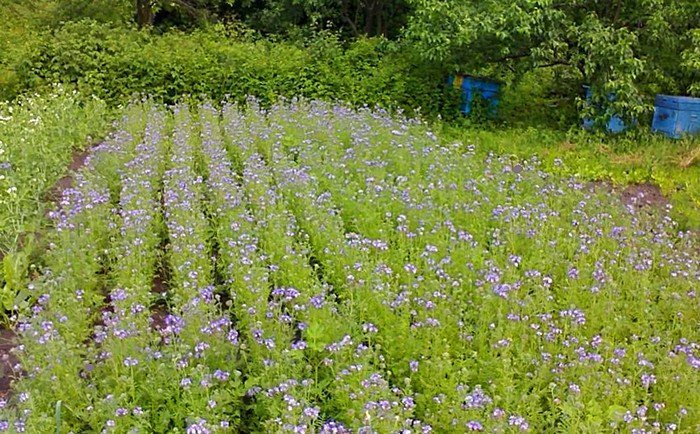
Green manure is sown in autumn and spring. Then it is mowed and dug up along with the soil or left as mulch.
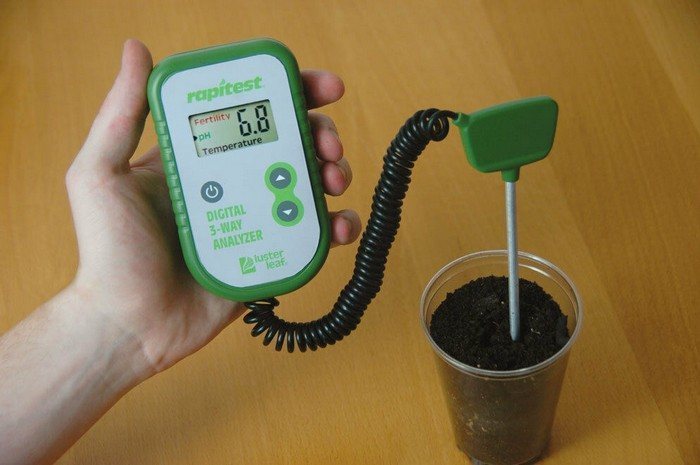
There are many compounds that can reduce soil acidity.Choose materials according to your taste and capabilities. But do not forget that the acidity of the soil often changes. Therefore, the composition of the soil is analyzed in the fall and adjusted using the selected means. If the soil is suitable for plants in the garden or vegetable garden, prevention will not hurt.


